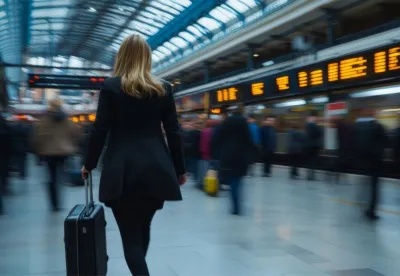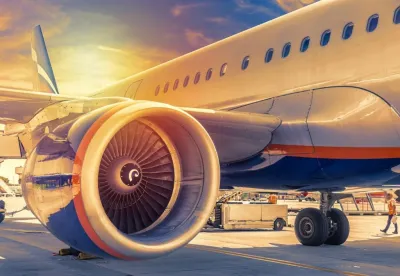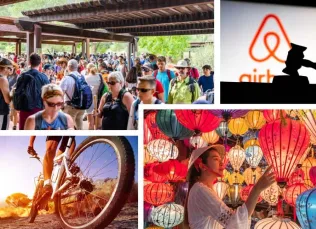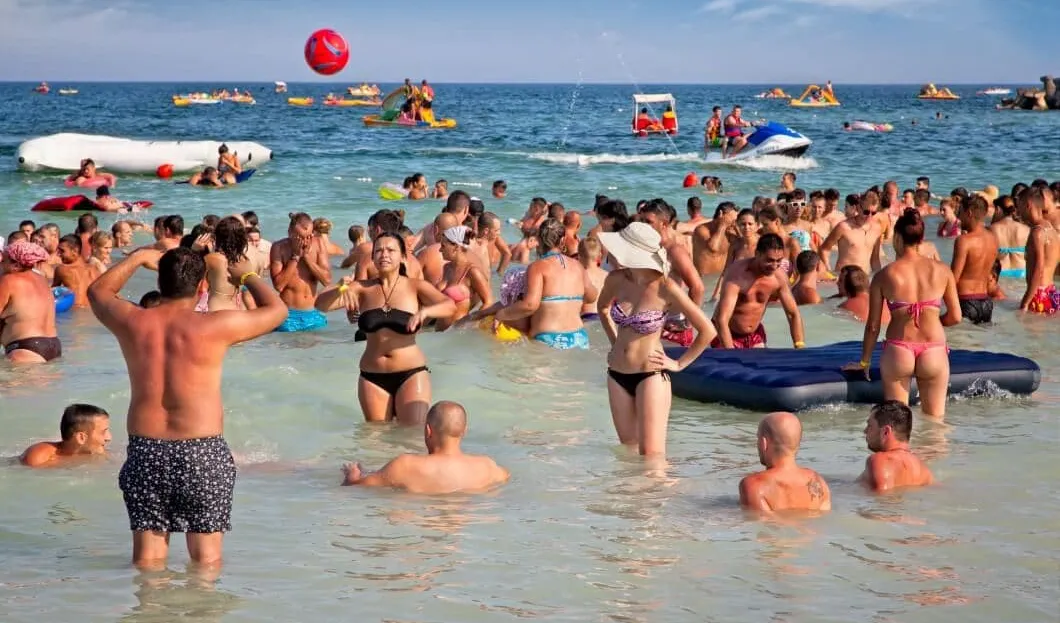
After the end of the COVID pandemic, as we experienced in 2019–2020, global tourism has seen unprecedented growth. International tourist arrivals reached over 1.3 billion in 2023 alone. The figure is smaller than in pre-pandemic times, yet we observe pent-up demand in full swing.
The revival of the tourism industry has boosted world economies and created numerous jobs. But with it came a troubling phenomenon we know as overtourism. We observe overtourism when the number of tourists exceeds a destination’s capabilities, negatively impacting local communities and ecosystems. This article will explore its detrimental effects and cover potential solutions to address the issue.
Understanding Overtourism
The primary distinction between regular tourism and overtourism lies in a destination's saturation with tourists. If their number exceeds its capacity to accommodate visitors without negative effects on the local community, we call it overtourism. The factors behind such developments include the growth of budget airlines, the impact of social media coverage on popularizing destinations, and government policies that put tourism sector growth before sustainability. Simply put, when you travel cheaply, you unlock access to more destinations, while Instagram posts fuel a desire to visit iconic locations.
In addition, many governments view tourism as a fast way to increase GDP. Despite economic boosts, the long-term impact is often neglected.
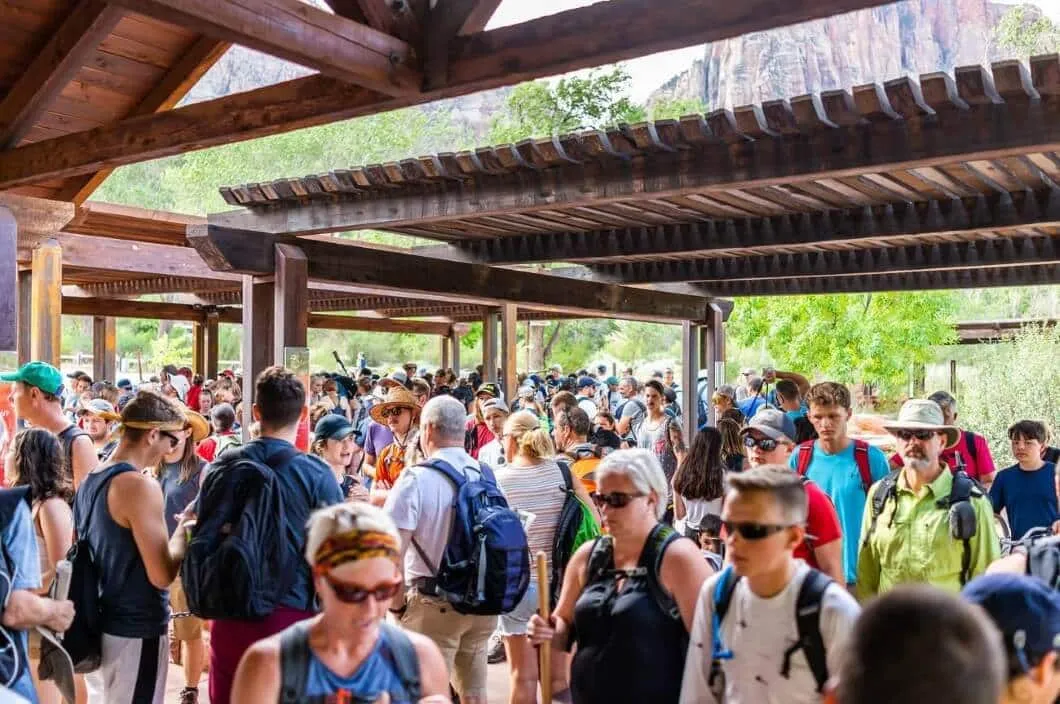
Economic, Social, and Ecological Impacts on Local Communities
Economy
We won’t argue that tourism creates jobs and increases revenue for local businesses. Yet it has a silver lining. With the flow of tourists comes the growth of demand for goods and services, which drives up the cost of living for locals, causing income inequality, where locals may be unable to afford necessities. On top of that, as tourism-related businesses dominate regions, they may displace local enterprises and adversely affect the economic diversity of communities.
Society
In the presence of overtourism, communities strive to adapt to visitors’ preferences, which dilutes local customs and traditions and leads to a loss of authenticity and heritage (we call it cultural erosion). Tourists need places to stay, so residential areas are converted into tourist accommodations, and residents may find themselves displaced, as they cannot cope with rising property prices and have to relocate.
Not only housing but infrastructure and public services are impacted. Overcrowded public transport, congested roads, and stretched healthcare facilities are regular phenomena in tourist locations.
Environment
Increased waste, air, and noise pollution can degrade natural landscapes and harm local wildlife. Where there are many people, natural resources, such as water and food, are consumed more. They may become scarce or depleted, affecting both residents and the environment. Let us not forget about construction and human intrusion into natural habitats, which result in biodiversity loss and ecological imbalance.
Addressing Overtourism
It is pleasing to see that world governments are not blind to the issue and recognize the need to limit tourist numbers and promote sustainable tourism practices. We may see initiatives such as tourist caps, strict regulations on accommodations, and the promotion of off-peak travel. For instance, cities like Barcelona and Venice have introduced taxes on tourists to mitigate the negative impacts of tourism on local communities.
We can also involve local communities in tourism planning and decision-making. By prioritizing their needs and perspectives, authorities can develop strategies that balance economic growth with social and environmental sustainability.
Technological Solutions
The world is becoming tech-savvier, and technology is gaining more possibilities to play its role. Advanced monitoring systems can track tourist numbers and environmental impact, allowing authorities to make data-driven decisions. Mobile apps can guide tourists towards sustainable practices and less crowded attractions, helping to distribute the influx of visitors more evenly across destinations. Tourism services providers such as tour operators, online travel agencies (OTAs), destination management companies (DMCs), and any other relevant travel tech stakeholder can integrate responsible offers into their inventory, backed by integrated solutions from a responsible travel software company.
Final Say
Overtourism presents significant challenges to local communities and ecosystems but also offers innovation and sustainable development opportunities. Addressing overtourism requires a multi-party approach involving government initiatives, technological advancements, and community participation. Tourists and all other stakeholders in the tourism industry are responsible for promoting alternative tourism destinations and practices. By working together, we can ensure that future generations will have the opportunity to marvel at the beauty and integrity of our world’s most cherished destinations.




